Qualitative and quantitative marketing researches
At a time when there is a lot of talk about predictive analytics, Target Research believes that quantitative and qualitative marketing research still has an irreplaceable role, especially if: we want to explore new markets and new segments of potential customers, we want to develop an ideal and targeted offer profile or we want to fully understand how the perceptions of the target take shape and consequently which are the deep motivations of a certain behavior. This knowledge allows not only to manage the symptoms, but also the determinants of market situations.
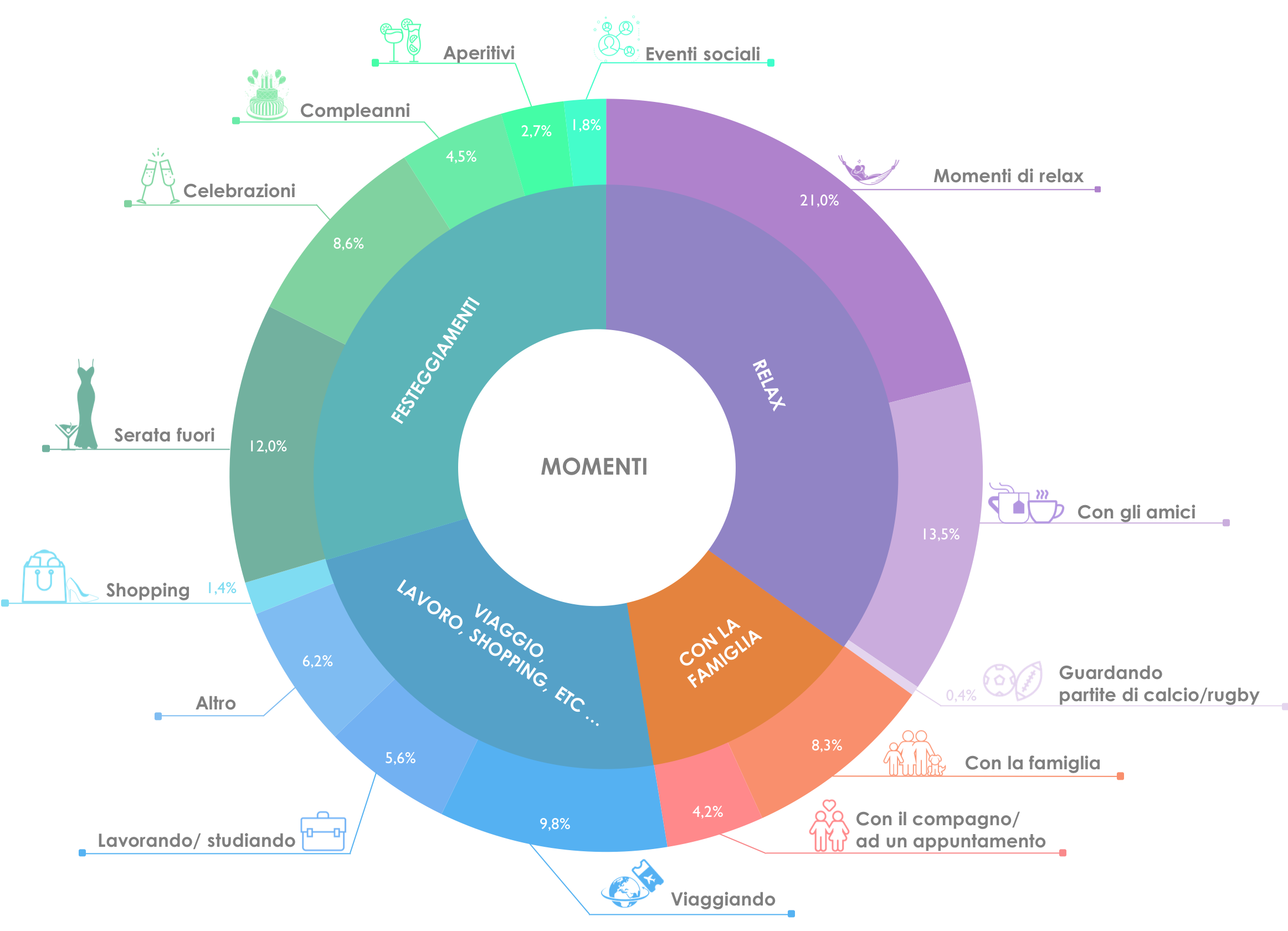
Usage and attitudes
A study related to Usage and Attitudes (U&A) involves research that aims to fully understand a market and identify growth opportunities by answering the questions on which target to choose, with which business proposal and through which channels.
This is a basic study useful to identify the links between expectations, behaviors and opinions on the use of a product / service.
U & A studies must necessarily be customized taking into account the characteristics of the client and the sector in which it operates and, based on the business objectives, generally include at least the following aspects:
- Market size (for example category penetration, frequency of use, etc.)
- General understanding of the product / service category (eg Who uses, what / when / where / how, satisfaction and dissatisfaction elements.)

Segmentation
Target Research offers value-based market segmentation models, which are, as the name implies based on the real value perceived and provided to customers. Only with this approach can marketing ensure that each customer cluster is paying the highest price it is willing to support.
The differences between market segmentation based on value and other approaches to segmentation are particularly relevant for targeted pricing policies:
- most of the segmentation criteria is poorly related to the motivations of different groups of buyers to pay higher or lower prices
- even the segmentations based purely on the benefits sought give priority only to the differences that are relevant to the customer, without considering the other half of the story, or the operational impact on the supplier's costs to meet these needs, neglecting the fact that the primary objectives are not only the sale and the market share, but above all the profitability
- finally, in-depth customer interviews required for value-based market segmentation also reveal the reasons that drive customers to consider certain product features as particularly relevant; this knowledge, obviously, reveals opportunities to develop new products and services.


Competitive Positioning
The positioning of products, services and brands is based on the customers perceptions and reflects the most important characteristics for them. Perceptions are often reinforced by communication, by the design of the offer profiles and by the distribution methods. additionally, perceptions must be guided to differentiate one's offer from the competitors' ones. Today's global market has further enriched the choices made by customers, thus further strengthening the need to achieve a clear and unique positioning in the evaluations of the target.
The positioning studies proposed by Target Research help to understand:
- The current perception of one's offer
- The position of the offer of the competitors
- Where to place the offer and how to reach the optimal positioning, conquering a unique and identifiable perceptive space
- Strategies to create a positive image or identity in the mind of the reference market by product / service, brand or organization
- In conjunction with segmentation strategies, how to satisfy the specific needs and tastes of consumers and buyers in a target market segment.
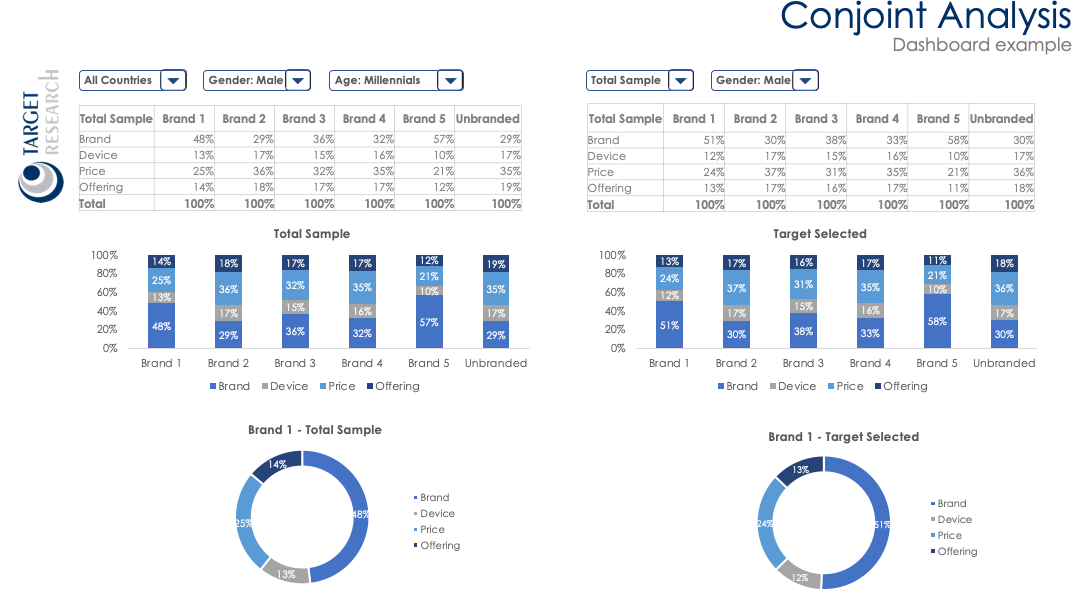
Value Measurement
Target Research uses consolidated and innovative models to measure the perceived value of the different components of the product / service. These models are of fundamental importance for the Brand Equity evaluation, through the measurement of the brand value by the reference target.
In particular, different methods of Conjoint Analysis are proposed - classical, DCM (Discrete Choice Model), ACBC (Adaptive Choice-Based Conjoint) - which allow, starting from overall judgments on complete offer profiles, to break down the utility of each component of the product / service, including the brand.

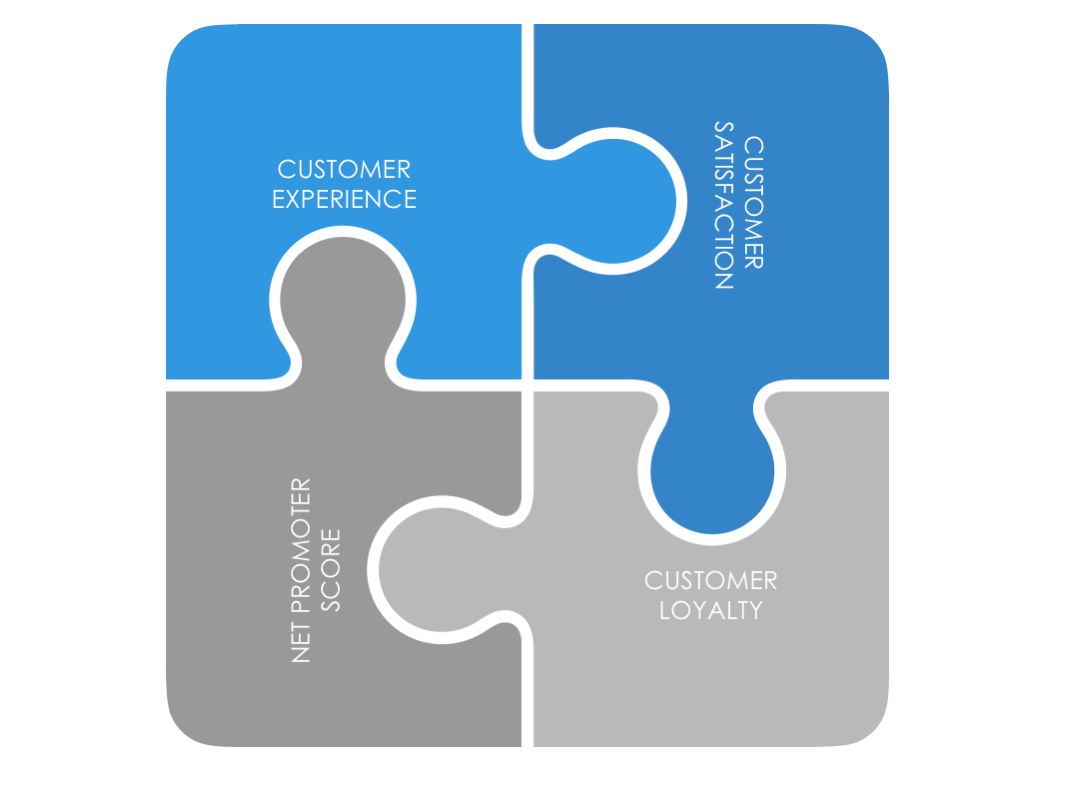
Customer Experience and Satisfaction
The Voice of the Customers is fundamental for all companies that want to gather structured and objective feedback on the customer base relating to their products / services offered.
Target Research supports its customers in identifying and measuring various indicators of customer satisfaction and customer experience based on the touchpoints between customer and supplier.
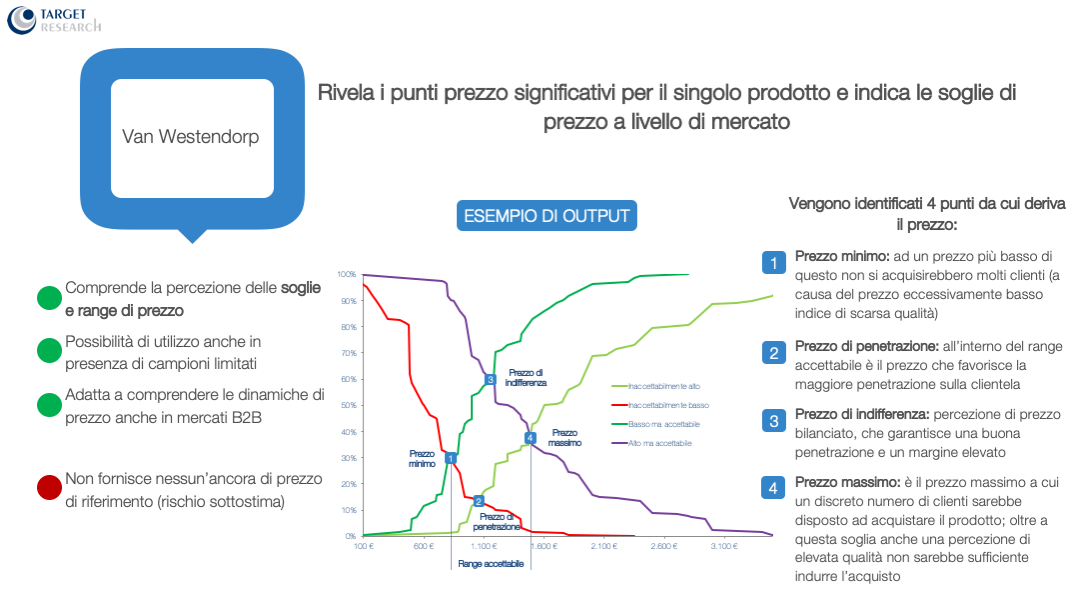
Direct Pricing
The pricing techniques proposed by Target Research are of two types: direct techniques, which contain questions directed to respondents with the aim to identify the willingness to pay through established methods, such as Van Westendorp OPP and Gabor Granger, and indirect techniques, which measure the price elasticity through Conjoint Analysis.
The outputs of a pricing research can provide information on a correct pricing strategy that incorporates not only the direct costs of the product / service, but also the value perceived by the target audience.

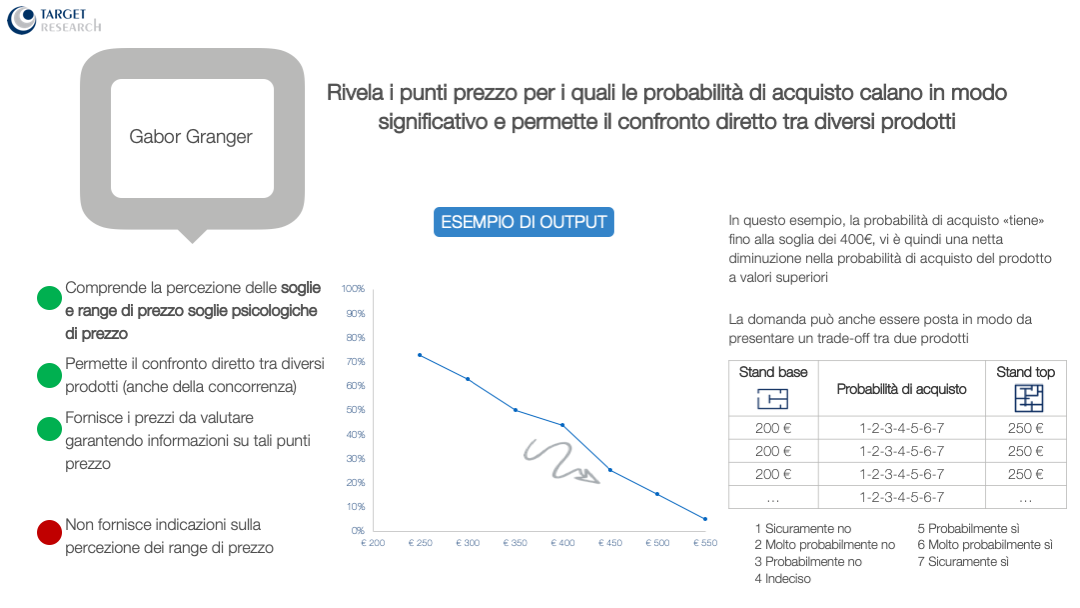

Survey Auditing
Target Research supports companies on various research audit projects, aimed at verifying the methodology, the setting, the correctness of the sampling plan, the correct performance of the data collection phase, data cleaning and analysis.
Support is provided both on already in progress investigations and on the setting up of new marketing research.
